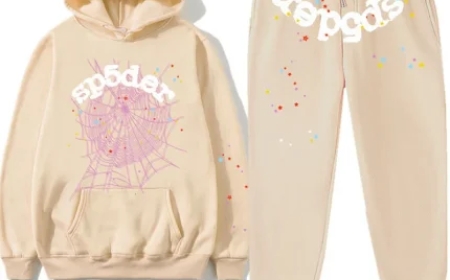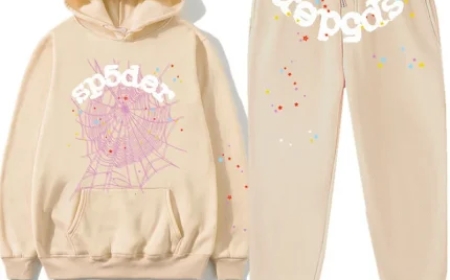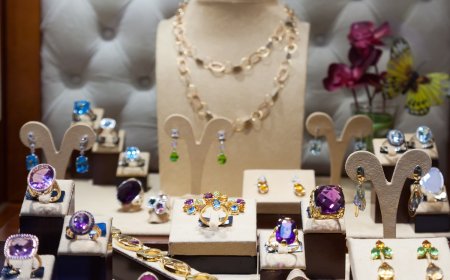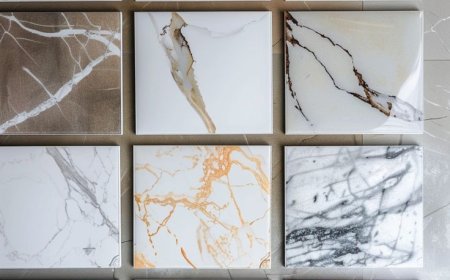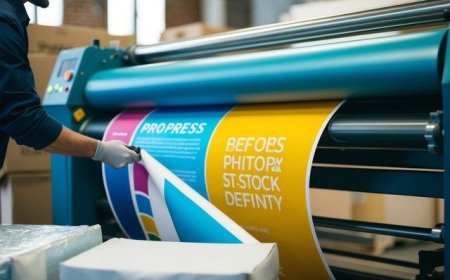The Visual History Behind Denim Tears
Denim Tear is the Official Store with the Denim Tears Clothing And Choose your favorite one from our store in your Budget. New Collection 2025.
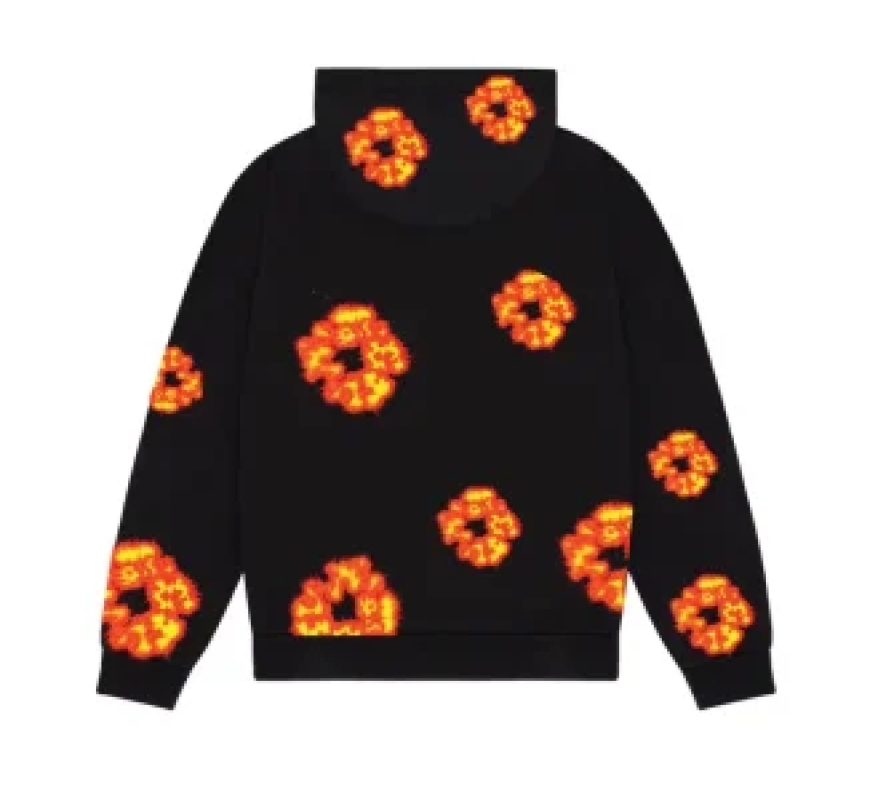
Introduction: Fashion as Political Expression
In the world of fashion, few brands have managed to intertwine cultural memory, historical critique, and streetwear as powerfully as Denim Tears. denim tears Founded by Tremaine Emory in 2019, the brand is more than just a labelit's a visual narrative that tells the story of African American identity, pain, endurance, and pride. What sets Denim Tears apart is not only its aesthetic boldness but also the way it interrogates America's past through fashion. In many ways, its a living archive rendered in cotton, denim, and embroidery.
This blog explores the visual history of Denim Tearsits roots, symbolism, and how its evolved into a cultural statement that bridges art, activism, and apparel.
The Origins of Denim Tears: A Personal and Political Project
Tremaine Emory, also known as "The Denim Tear," is more than just a designer. Before launching Denim Tears, he had already established himself in the fashion world through collaborations with Kanye West, Virgil Abloh, and Frank Ocean, and as a creative consultant for brands like Supreme and Off-White. However, Emory's personal heritage and political consciousness set the foundation for Denim Tears.
The brand was born out of a desire to confront Americas historical traumaspecifically the experience of Black people in the United Statesand reflect it through fashion. Denim Tears debuted with a powerful message: a collection made entirely of cotton to represent the legacy of slavery and the ongoing implications of that history in modern society.
Cotton Wreaths: A Symbol of Legacy and Suffering
The signature Denim Tears motifthe cotton wreathis far from ornamental. Its a deliberately uncomfortable visual element that forces the viewer to engage with history. The cotton plant, commonly associated with the American South, slavery, and economic exploitation, becomes a recurring symbol in Denim Tears designs. From jeans to sweatshirts to caps, the cotton wreath is an emblem of both mourning and endurance.
This motif echoes Emorys central question: How can African Americans reclaim the narrative around materials like cotton, which once symbolized their exploitation? By using it prominently and unapologetically, Denim Tears reframes cotton as a symbol of survival and strength.
Visual Storytelling Through Collaboration
One of the most compelling aspects of Denim Tears is its collaborative spirit. The brand frequently partners with other cultural and fashion institutions to extend its message. In 2020, Emory collaborated with Levis on a collection that featured classic Levis denim pieces adorned with cotton wreath embroidery. This was not just an aesthetic choice but a purposeful fusion of one of Americas most iconic fashion brands with a history that many try to ignore.
Another significant partnership was with Dior in 2022. Emory brought his politically charged vision into the realm of haute couture. The resulting collection juxtaposed European tailoring with African diasporic imagery, again forcing the fashion world to confront questions about colonialism, race, and representation. Denim Tears used Diors platform to elevate its message, showing that history and luxury are not mutually exclusive.
Afro-Atlantic Narratives and Diasporic Identity
Denim Tears does not limit its historical scope to American slavery alone. Emory frequently references the broader African diaspora and its cultural expressions. Through visual cues, photography, and campaign direction, the brand pulls from Caribbean iconography, African textiles, Black church fashion, and the civil rights movement.
Campaign imagery often plays a critical role in amplifying the brands themes. The visuals are deliberately raw, often capturing everyday Black life in highly stylized, almost documentary-like frames. Whether its elders in the South, young people in Harlem, or models set against cotton fields, the visual language of Denim Tears bridges the past and present.
From Pain to Power: The Role of Streetwear
Streetwear has always been politicalborn from rebellion, rooted in identity. Denim Tears elevates that legacy by using fashion as a canvas to express historical truth and collective memory. Where most brands sell lifestyle, Denim Tears sells narrative. Every pair of jeans, every T-shirt is a chapter in an ongoing story about Black existence in America.
Emorys decision to root the brand in streetwear is also significant. Streetwear, by nature, is democratic, accessible, and subversive. It thrives on community and authenticity. Denim Tears reclaims these traits to give voice to a history often sanitized or ignored in mainstream education and media.
Community as Archive
Beyond garments and collaborations, Denim Tears positions itself as a cultural platform. Events, pop-ups, and installations often accompany collection releases. These arent just commercial ventures but social experiments designed to provoke dialogue. In these spaces, Denim Tears acts more like an art collective or a community archive than a fashion label.
The idea is that clothing becomes part of a living history, something worn, seen, and discussed in real time. By incorporating oral histories, public art, and even music playlists into the brand experience, Emory ensures that Denim Tears is not just consumed but felt.
The Role of Photography and Media
Photography plays a monumental role in building the visual history of Denim Tears. Emory often works with Black photographers and stylists to craft narratives that feel authentic to the culture. The visual tone is often introspective, intimate, and resistant to the slickness typically found in high fashion editorials.
Each lookbook and campaign becomes a time capsule. The photography is less about promoting clothing and more about expressing emotion and identity. These images populate not only the brands website but also social media, gallery walls, and fashion editorialsextending the reach and reinforcing the message.
Legacy and the Future
Denim Tears continues to push boundaries, but its core mission remains rooted in truth-telling. Tremaine Emory has positioned the brand as both a critique and celebration of African American history. Its a bold attempt to write Black identity into the mainstream fashion narrativenot as an aesthetic but as a central force.
As fashion grapples with calls for greater inclusivity and accountability, Denim Tears stands as an example of how brands can go beyond performative gestures. It offers a model for politically conscious fashion that educates, agitates, and inspires.
Conclusion: More Than Just Clothes
Denim Tears is not just a fashion brandits a visual and cultural intervention. It challenges what fashion can be and whom it can serve. Denim Tears Sweatpants By weaving history into every fiber, Tremaine Emory forces both the industry and its consumers to confront the uncomfortable truths beneath Americas fabric.
In a landscape flooded with trends and throwaway aesthetics, Denim Tears invites us to slow down and look back. It reminds us that what we wear can be a form of resistance, remembrance, and, ultimately, reclamation. Through its powerful imagery and unwavering purpose, Denim Tears ensures that history is not forgottenits worn.










